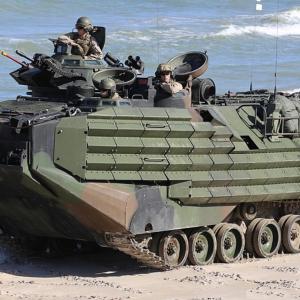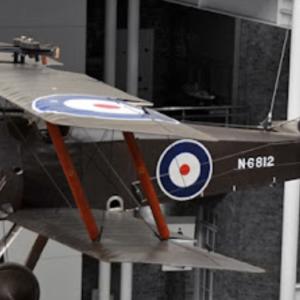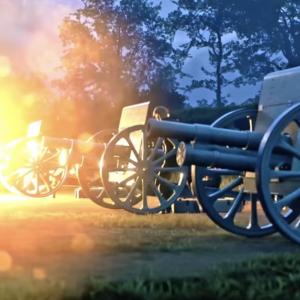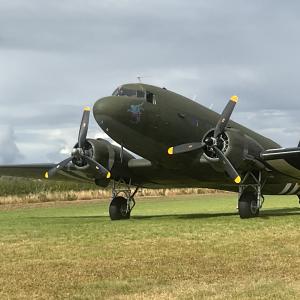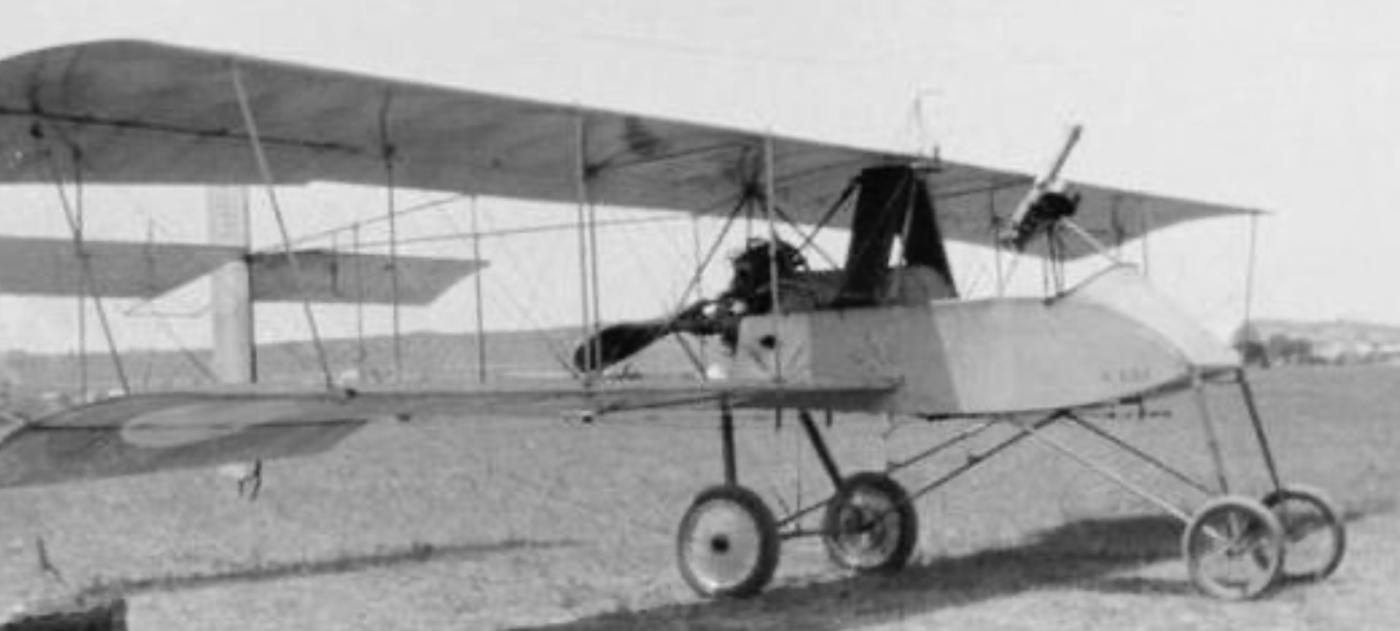
On this day in military history…
In the early days of World War I, aerial combat was a novelty—pilots were more likely to wave at one another in midair than to exchange gunfire. Aircraft, still in their infancy, were primarily used for reconnaissance. But as the war evolved, so did the role of the airplane, and soon, the skies over Europe witnessed the birth of dogfighting. The first recorded instance of a pilot shooting down an enemy aircraft with a firearm occurred on October 5, 1914, a date now etched into the annals of aviation history.
The French pilot responsible for this pioneering act of aerial warfare was Sergeant Joseph Frantz, flying a Voisin III—a pusher biplane equipped with a 37mm Hotchkiss cannon mounted at the front. His observer, Corporal Louis Quénault, manned the weapon. On that autumn day, near Jonchery-sur-Vesle in northeastern France, the two encountered a German Aviatik B.I, a two-seater reconnaissance aircraft. Rather than passing each other in mutual observation as had often happened in previous encounters, Frantz and Quénault opened fire. After a brief exchange, their rounds found their mark, and the German plane, with its two crewmen, fell from the sky. It was a moment that marked the first confirmed aerial victory in history using a firearm, rather than ramming or other improvised means.
The German Aviatik B.I, lightly built and unarmed, was no match for the French Voisin’s forward-mounted cannon. At the time, Germany had not yet equipped its reconnaissance planes with onboard weapons, and its crews carried little more than pistols, if anything at all. The German crew—whose names have largely faded into history—had no real means of defense. Their mission was simple observation, and they were caught unprepared for combat in the sky.
This event changed the course of aerial strategy. Air combat would no longer be a footnote to ground war but a deadly theater of its own. Within months, both sides began arming aircraft more heavily, integrating machine guns, and developing tactics that would define dogfighting for decades. The skies, once a place of novelty and experimentation, had become a battlefield.
The encounter between Frantz’s Voisin III and the Aviatik B.I was more than the downing of a single plane. It marked the dawn of aerial warfare as we know it, setting a precedent that would evolve rapidly over the next four years—and change the face of war forever.

